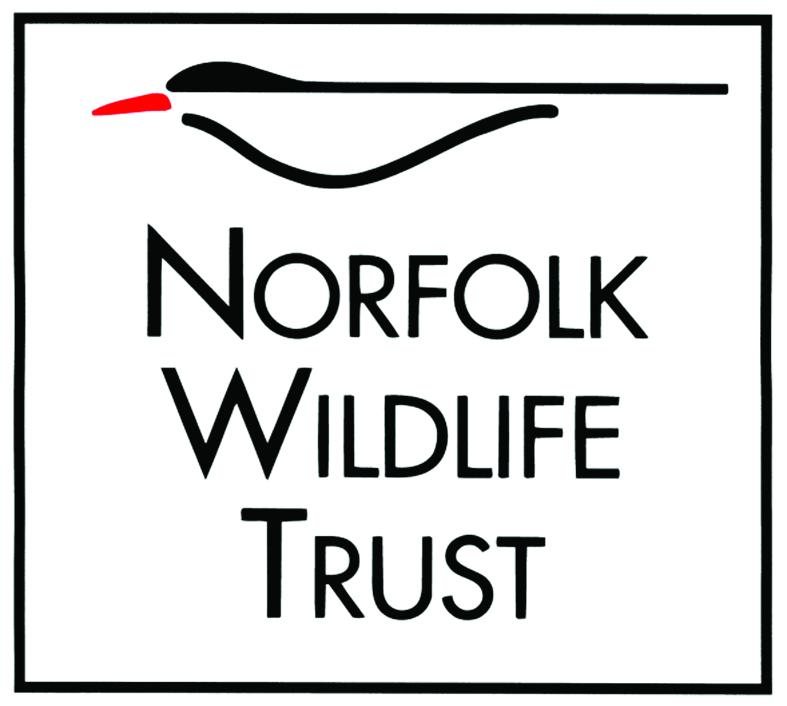Search
Search
Coastal and floodplain grazing marsh
Enormous flocks of geese, ducks and swans swirl down from wide skies to drop onto the flat, open expanses of flooded grazing marshes in winter. In spring, lapwing tumble overhead and the soft,…
Wild angelica
The red-tinged, flower clusters of Wild angelica smell just like the garden variety, which is used in making cake decorations. Wild angelica likes damp places, such as wet meadows and wet…
We're welcoming new Dartmoor ponies to our conservation team
15 Dartmoor ponies arrive in Norfolk this week, ready for their new role as conservation grazing animals on Norfolk Heathland.
My Wild Kitchen
In 2021, Emily and her partner took on an allotment. It is an amazing space that has allowed Emily to be more sustainable whilst reaping the well-being benefits of nature. Their next plan is to…
Wild thyme
The delightful fragrance of wild thyme can punctuate a summer walk over a chalk grassland. It forms low-growing mats with dense clusters of purple-pink flowers.
Wild cherry
The mass of white, frothy blossom on a wild cherry is a sight to behold. Planted as an ornamental tree, it also grows wild in woods and hedges. Its red fruits are the edible cherries we know and…
Wild strawberry
The Wild strawberry produces miniature, edible versions of the juicy red fruits we so enjoy. Gathering wild food can be fun, but it's best to do it with an expert - come along to a Wildlife…
Wild carrot
Wild carrot does, indeed, smell of carrots, but the roots are not like our cultivated, dinnertime favourite. Look for this umbellifer on chalk grasslands and coasts.
Wild privet
Wild privet is a shrub of hedgerows, woodlands and scrub, but is also a popular garden-hedge plant. It has white flowers in summer and matt-black berries in winter that are very poisonous.
Wild marjoram
Wild marjoram is actually the same aromatic herb as oregano which is used in Mediterranean cooking. Its small, pink flower clusters can be seen on chalk and limestone grasslands in summer.
Wild daffodil
The bright yellow daffodils that adorn our roadsides and parks are likely to be garden varieties. Head to a woodland or damp meadow in North or South West England, or Wales, to see a true wild…
